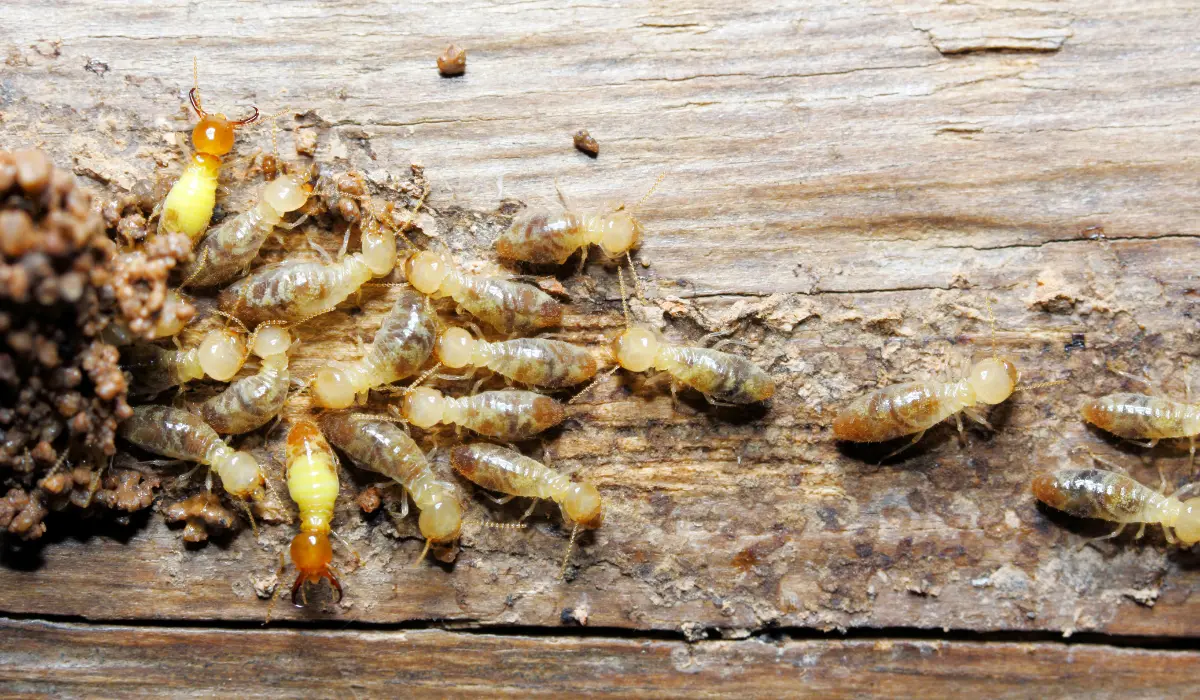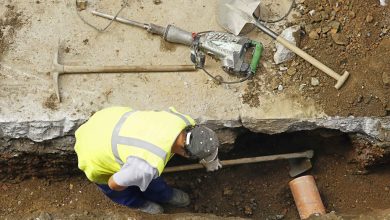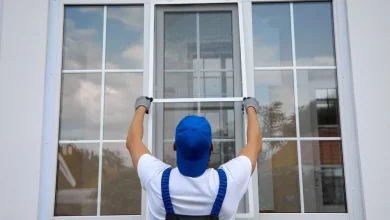
The Real Cost of a Termite Infestation (and How to Avoid It)
Termites are often called “silent destroyers” for a reason. By the time most homeowners realize they have a termite problem, the damage is already done—and the cost to repair it can be staggering. Unlike many pests, termites don’t just create discomfort or annoyance; they threaten the very structure of your home.
In this post, we’ll take a closer look at what termite infestations really cost, how to spot the warning signs early, and what you can do to avoid becoming another statistic.
How Much Can Termites Really Cost You?
The short answer: thousands. Termites cause more than $5 billion in property damage every year in the U.S.—and most of that isn’t covered by homeowner’s insurance.
Here’s where the costs add up:
- Structural repairs: Termites can hollow out support beams, floor joists, and wall studs from the inside out. Replacing damaged wood can run from a few hundred to tens of thousands of dollars, depending on severity.
- Cosmetic repairs: Damage to flooring, drywall, trim, and paint is common and expensive to restore.
- Treatment costs: Professional termite treatment typically ranges from $500 to $2,500, depending on the size of the home and the severity of the infestation.
- Lost home value: A history of termite damage can impact resale value or complicate home inspections and financing.
Why Termite Damage Often Goes Unnoticed
Unlike rodents or cockroaches, termites don’t make a lot of noise or leave visible messes. Most species, like subterranean termites, live underground or within your walls. By the time you see them swarming or find damage, they may have been active for months—or years.
Common Signs of a Termite Problem
The key to minimizing cost is early detection. Watch for these warning signs:
- Mud tubes on foundation walls or near baseboards (used for travel and moisture control)
- Discarded wings near windowsills or entryways (a sign of swarming)
- Hollow-sounding wood when tapped
- Bubbling paint or warped walls that look like water damage
- Tiny holes in drywall or wooden furniture
- Frass (termite droppings that resemble sawdust or coffee grounds)
If you spot any of these signs, it’s time to act fast.
How to Prevent a Termite Infestation
The best way to avoid the high cost of termites is through proactive prevention. Here are some expert tips:
- Eliminate Wood-to-Soil Contact
Keep wooden structures like deck posts or siding from touching the ground. Use concrete bases and metal supports when possible. - Reduce Moisture Around the Home
Fix leaky faucets, poor drainage, or standing water around your foundation. Termites are drawn to moist environments. - Store Firewood and Mulch Properly
Keep woodpiles at least 20 feet from your house and several inches off the ground. Avoid using excessive mulch directly against the foundation. - Seal Entry Points
Caulk cracks, gaps, and holes in your home’s exterior. Pay special attention to areas where pipes or utility lines enter the building. - Schedule Regular Inspections
Have a licensed pest control professional inspect your home at least once a year. Early detection saves money.
Treatment Options
If you do have termites, don’t panic—but don’t wait either. Common treatment options include:
- Liquid termiticides: Applied to soil around the home to create a chemical barrier.
- Bait systems: Placed around the perimeter to attract and eliminate the colony over time.
- Wood treatments: For active infestations within structures or furniture.
- Fumigation: Reserved for severe infestations (mostly in drywood termite cases).
A qualified professional can recommend the right treatment based on your home, the termite species, and the extent of the infestation.
Final Thoughts
Termites are quiet, but they’re incredibly destructive—and expensive to ignore. What starts as a small, hidden problem can quickly spiral into major structural damage if left untreated.
The good news? You can avoid most of the cost and stress with regular inspections, smart home maintenance, and early action at the first sign of trouble. We recommend pest control temecula.




